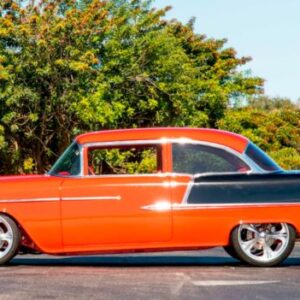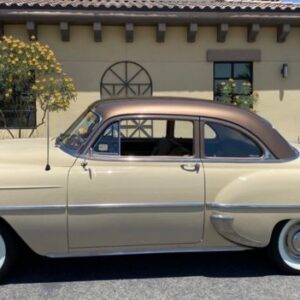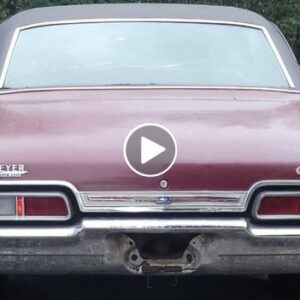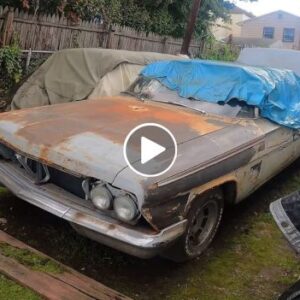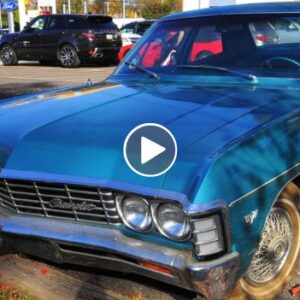The first couple of years of first-generation Mustangs was a period of trial and error, with little effort put into interior design. In 1967 Ford began implementing some of its finer internal improvements into the Fastback Mustang, even if they were options and not standard yet. First, the new dash had a fresh design with all the instruments needed, including a tachometer. Integrated air conditioning ducts were also included to help keep occupants cool when on the hot asphalt. The once plain seats became thick and plush, allowing the driver to be behind the wheel longer before becoming uncomfortable.

There were so many special editions and variants that it would take a separate list to name them all. It was important for buyers to get any trim level they wanted. The Shelby GT350 and Shelby GT500 were two of the most popular choices because they were designed for power and torque. Others were more about the interior and exterior appearance than the performance. Then, of course, there were some choices that combined the best of both worlds, giving a unique outer appearance with the big block engine that took the streets by storm.
10 The First Big Block Was Available For The 1967 Ford Mustang
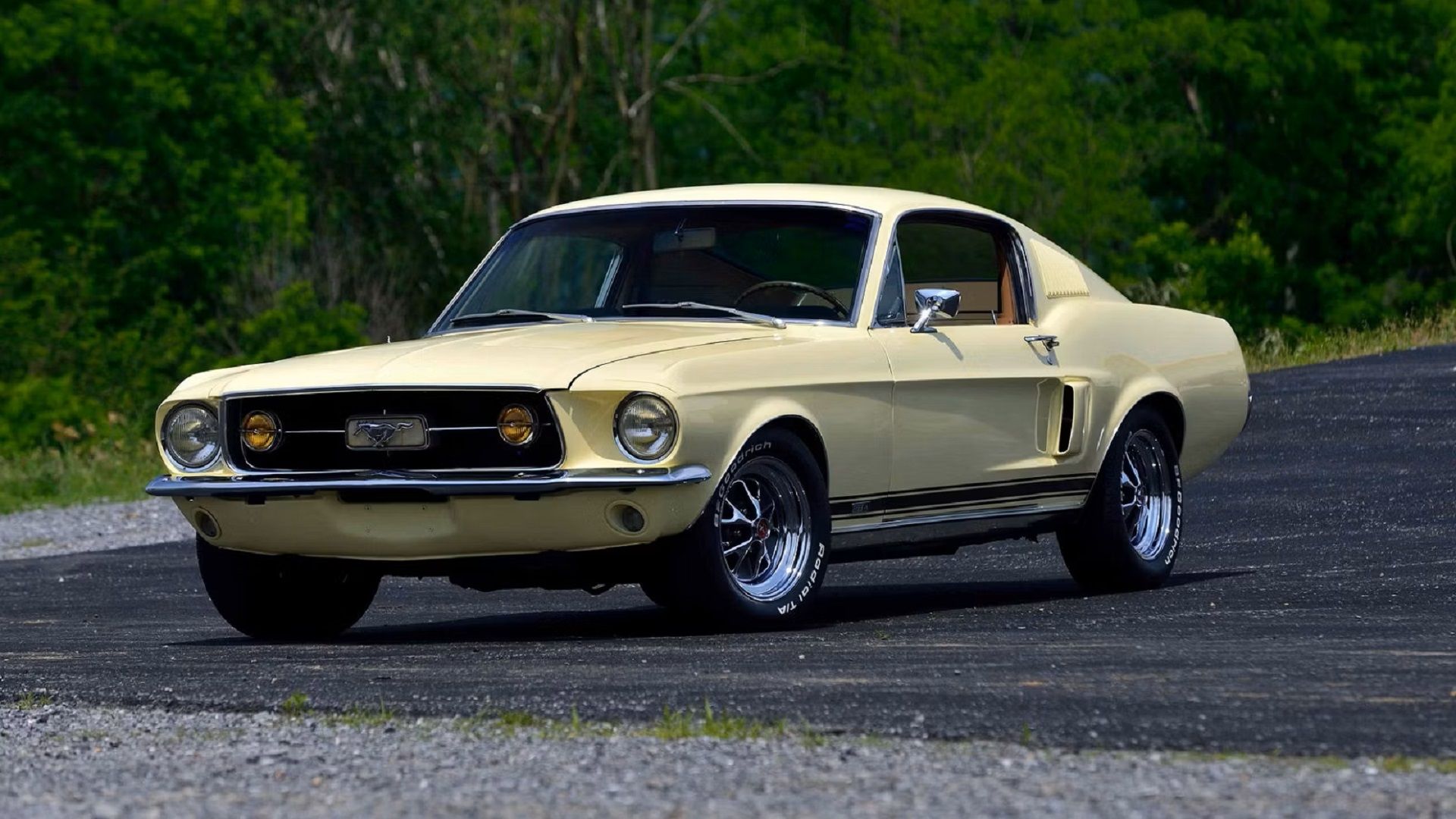
Up until 1967, the go-to engine for the performance-designed Fastback Mustang was the 289 with a four-barrel carburetor perched on top of the intake. The larger size of the ’67 Fastback helped create some extra room under the hood, which could be used to slide a big block 390 under the hood. The 390 in the 1967 Fastback could produce up to 320 horsepower and had a torque rating of 427 pound-feet. For many, the 390 was considered one of the best classic engines built by Ford, other than the 302, which is so simple to work on.
9 1967 Fastback GT Was The King Of The Streets Throughout The Year
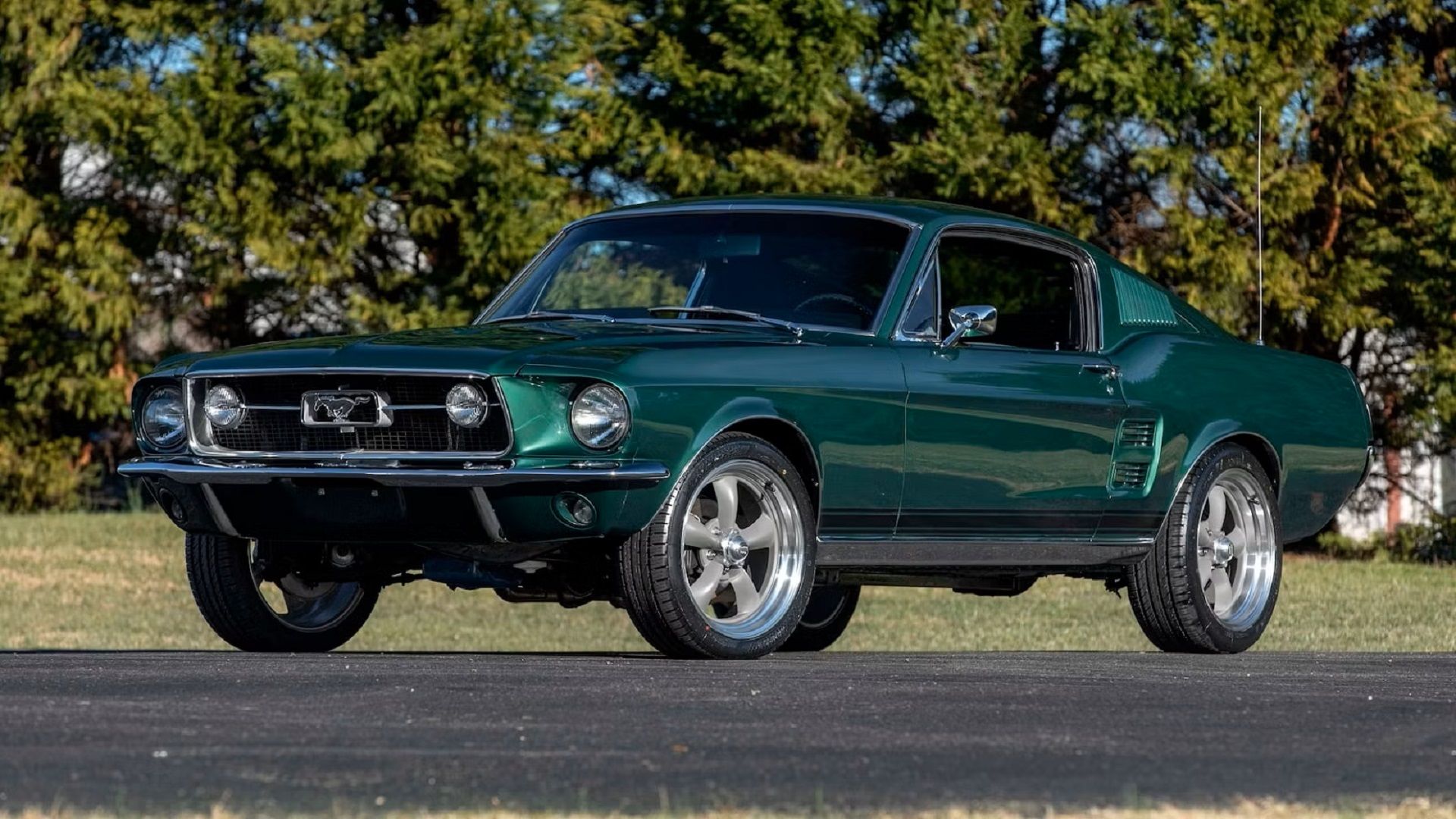
By the end of the ’60s, the glorious muscle car era was beginning to wind down due to rising fuel prices, increasing insurance costs, and the new emissions regulations that were going into effect in the ’70s. The carmakers out of Detroit were battling it out on the streets and in the designing rooms, trying to take the top dog spot for the year. In 1967, the car that could be consistently found as the winner in a quarter-mile battle was the ’67 Ford Mustang GT. The Fastback GT could push from 0 to 60 in 6.2 seconds and shoot down the quarter-mile track in just over 15 seconds.
8 The Mustang Fastback Was Made Famous By Steve McQueen
Because of the remake of Steve McQueen’s classic movie “Bullitt,” the Fastback GT Mustang used in the film is commonly confused for a model year earlier, 1967. So, even though the Mustang he drove during the chase through town was a 1968 Ford Mustang Fastback GT, it is commonly thought of as a 1967 model. This may not seem too fair for the ’68 Fastback, but when it comes down to it, Steve McQueen was such a famous actor that any Mustang GT instantly became an iconic car because the year is not as important as the car itself.
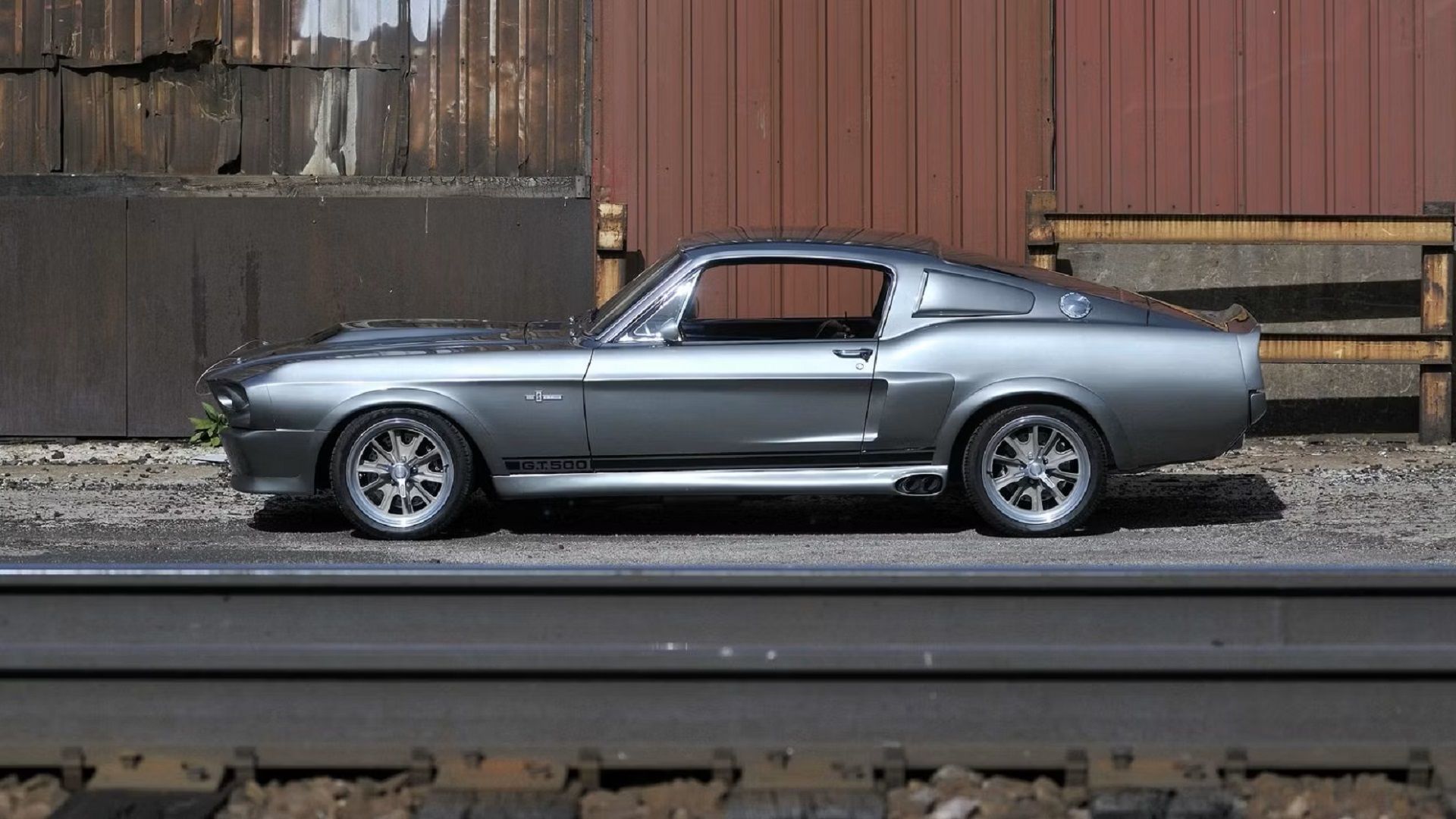
Movie lovers, classic car enthusiasts, muscle car dreamers, and even gearheads from around the nation all know who “Eleanor” is. Cage drives the vehicle in one of the most awe-inspiring chases of all time, taking the local cops on a guided tour of the town at high speeds until he finally gets away. Since the movie came out in 2000, the 1967 Ford Mustang Fastback GT has been a car worth getting. As such, it has become a highly sought-after collectible, especially the one that was used on the set of “Gone in 60 Seconds.”
6 ’67 Fastback Was The Car From Tokyo Drift
The “Fast And Furious” series of movies has created a massive shift away from old classic cars towards smaller vehicles that weigh less and can be driven on street courses. There are some great classic muscle cars in the movies, such as the 1967 Ford Mustang Fastback that the dad in the armed forces had stashed in the garage, but most of the vehicles in “Tokyo Drift” were not old-school muscle. Even though the ’67 ‘Stang lost all its original power components, the car still made a grand showing against Japan’s top drift racing champion.
5 Flow Through Ventilation System Cooled Things Down In The 1967 Fastback

One thing that most classic muscle car lovers can attest to is that the interior can get hot. Really hot. Even if the car has air conditioning installed when in the heat of racing, it is left off to maximize horsepower from the engine to the drive tires, so it is not much help. The 1967 Fastback had a built-in flow-through ventilation system controlled through levers inside the car, allowing you to open two vents along the bottom edge of the roof along the back side of the rear window. The hot air would then be pushed out the front vents to ensure complete and constant air circulation.
4 Safety Features Were State-Of-The-Art For The Decade
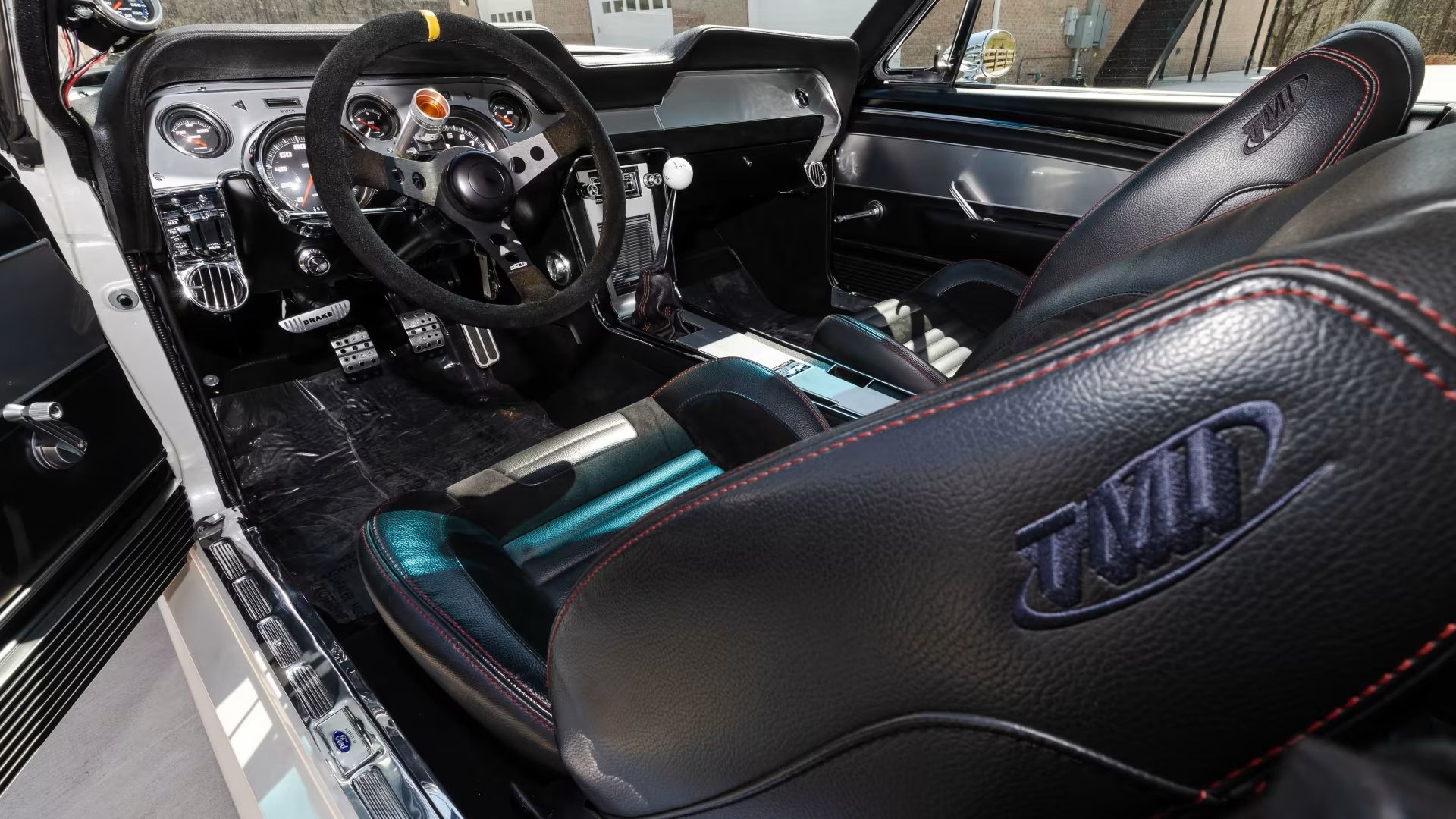
The safety features today make it seem like the old-school classic cars are death traps that had no design features built to ensure safety, but you must think about the difference in technology. In 1967 the Ford Mustang Fastback had some seriously innovative safety features in the cockpit, such as armrests built to absorb energy, a steering wheel designed to absorb impact, a padded instrument panel, seat belts, a safety plate glass windshield, and corrosion resistant brake lines. Pretty impressive for the late ’60s.
3 Ford Cruise-O-Matic Transmission In The ’67 Fastback Was The Best Of Both Worlds

Performance cars, family cars, trucks, SUVs, and everything in between today allows you to drive with the transmission in automatic or manual mode. You have all come to expect that in your vehicles, but that was not something you often saw in a classic car. You had to pick either manual or automatic, not both. The 1967 Ford Mustang Fastback brought you the opportunity to have both with the Ford Cruise-O-Matic transmission, making the car truly an icon.
2 Brakes That Prevent Premature Wear On The Front Discs On The ’67 Fastback
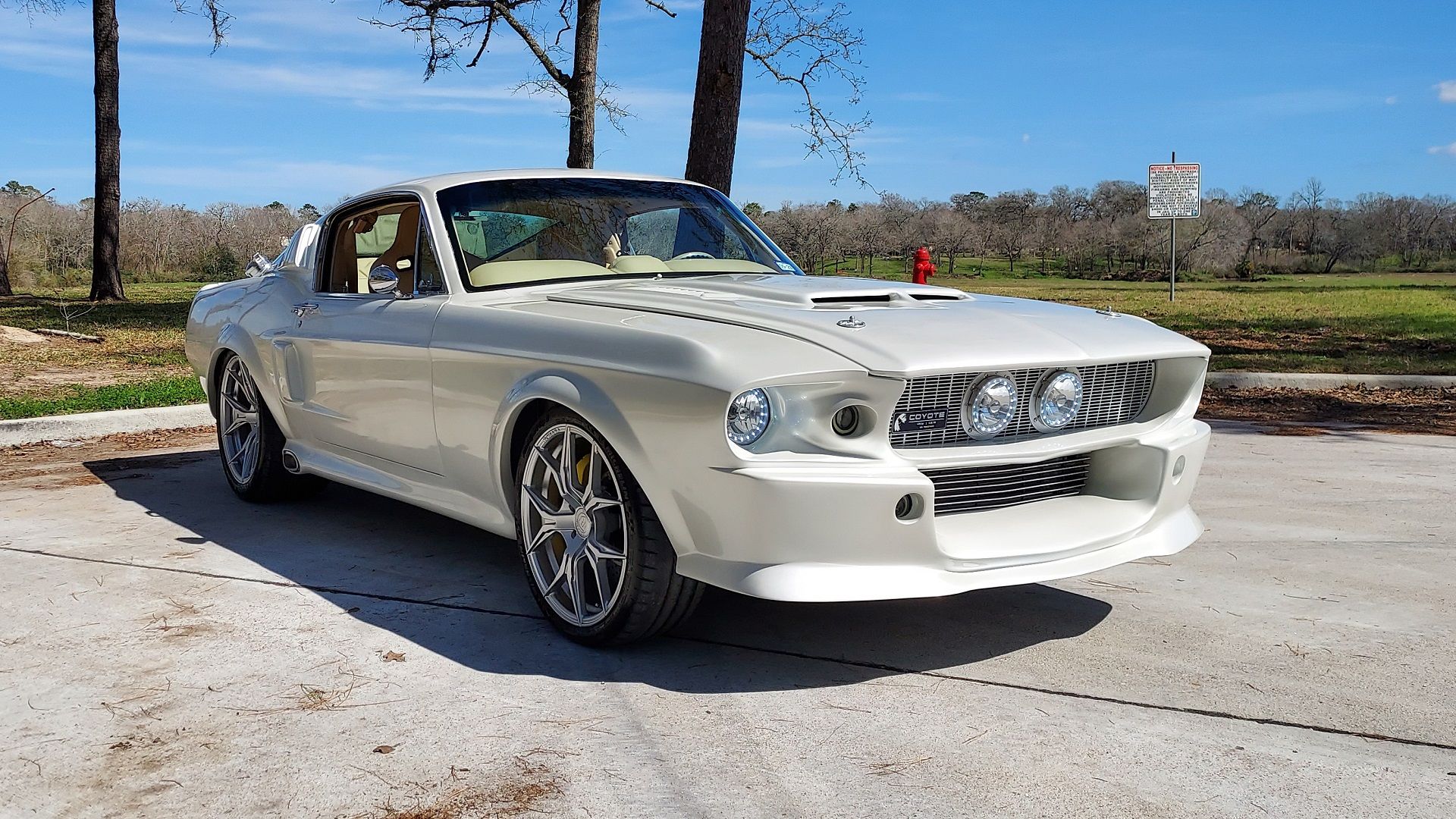
In town, driving can be rough on your brakes. You know, the constant stomp on the gas, hit the brake, gas it, brake to the floor before hitting the bumper in front of you, and so on until you get through the stop light. Since the 1967 Ford Mustang Fastback had optional front disc brakes, the engineers created a delay valve that extended the life of the brake pads. The system did this by delaying the front brakes from working until pressure builds in the lines to a certain point, relying on the rear brakes to stop while driving in town.
1 Fold-Down Rear Seat In The 1967 Ford Mustang Fastback Made More Room
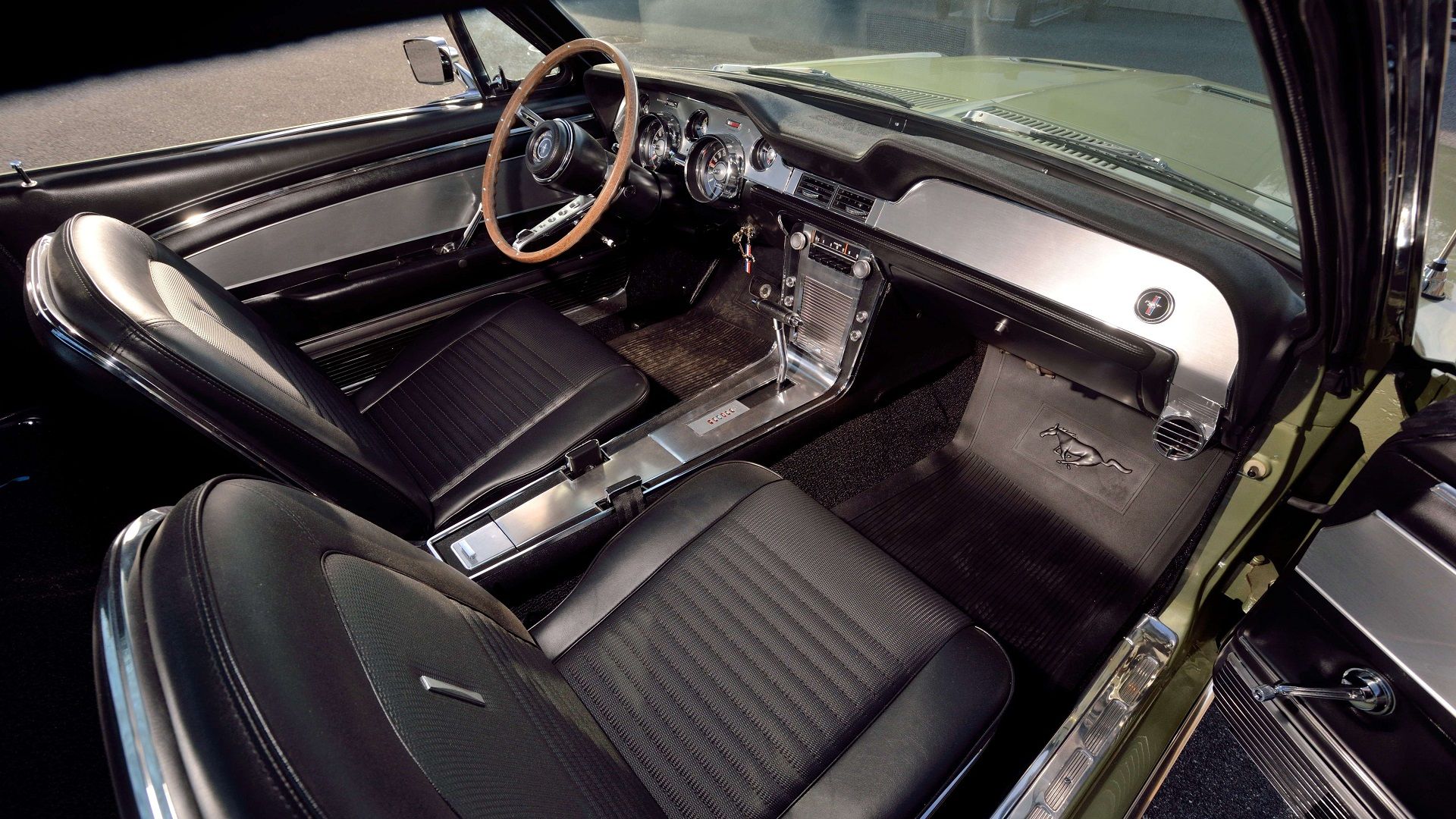
The base-level Ford Mustang was an awesome car, but if you wanted to build a stereo system that could blow out some windows or haul some fishing gear to your favorite spot, some modifications needed to be made. With the ’67 Fastback, that was not the case because the rear seats could fold down, allowing more access to the rear storage and the back passenger area, creating one long section that could be used for any number of reasons. Tasks that are only limited by your own imagination.

